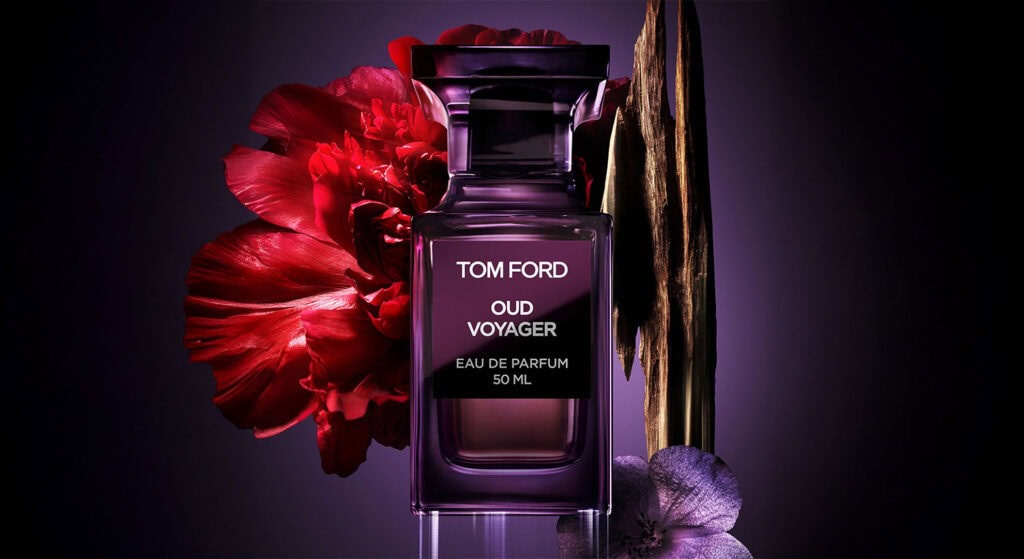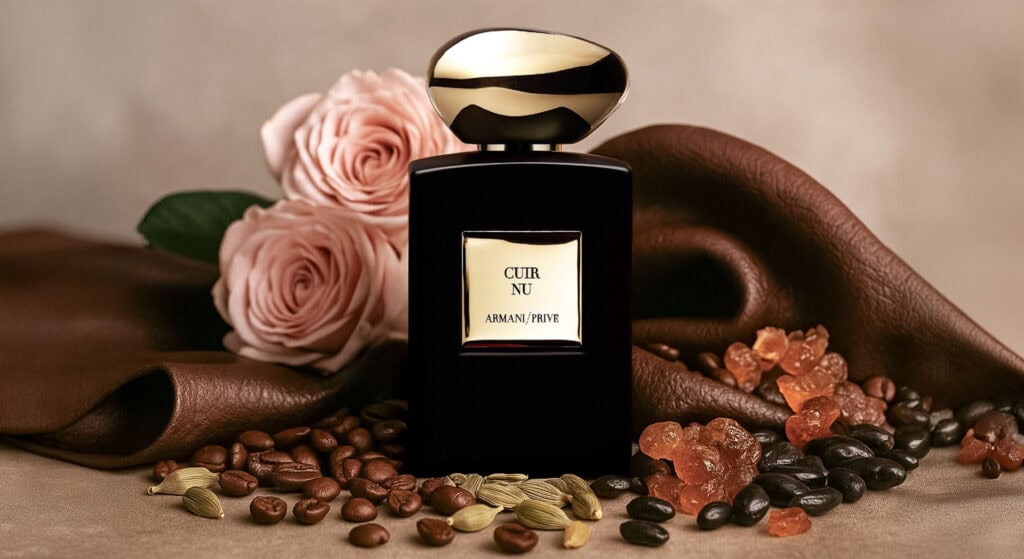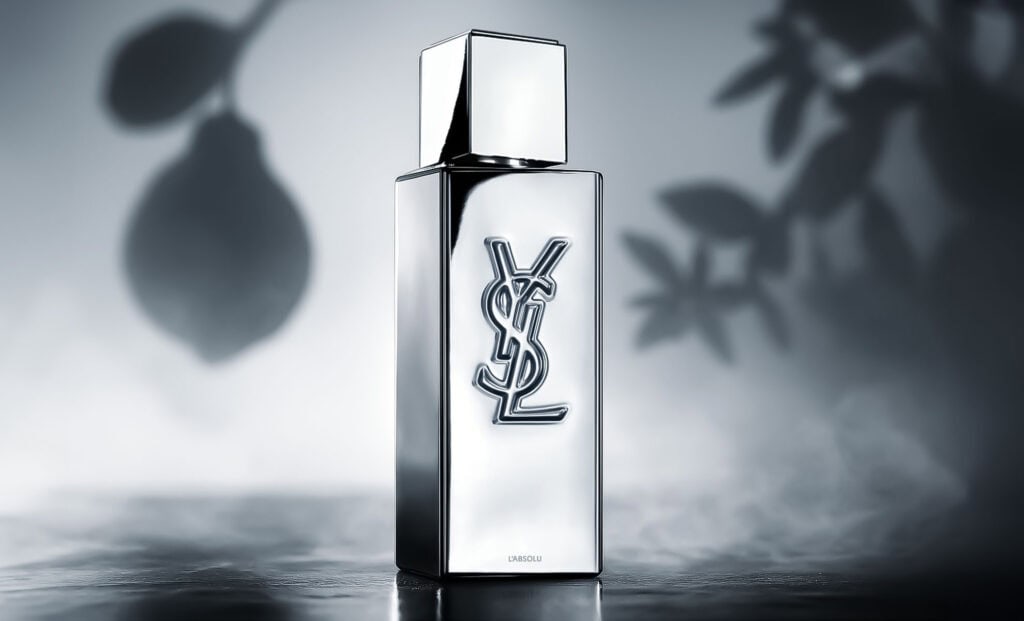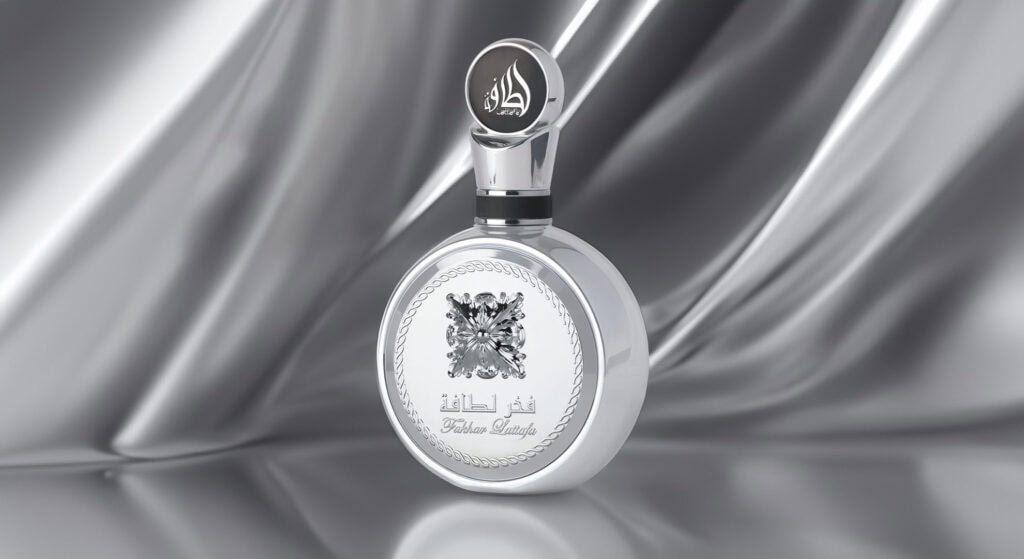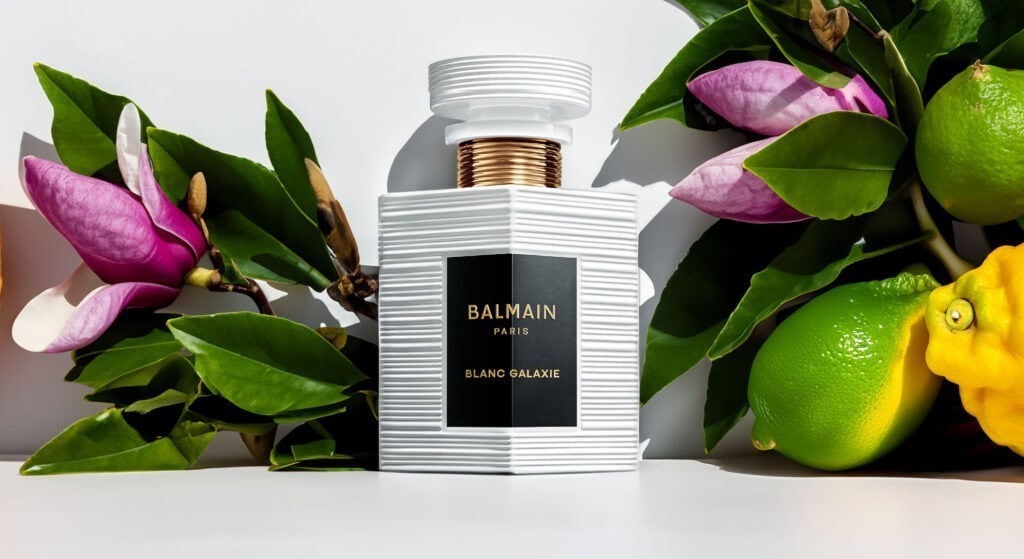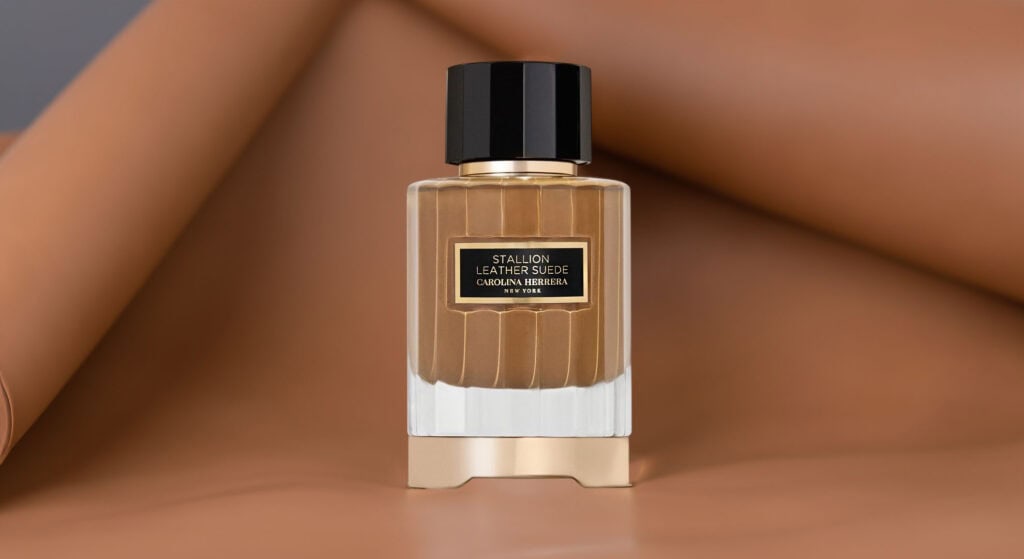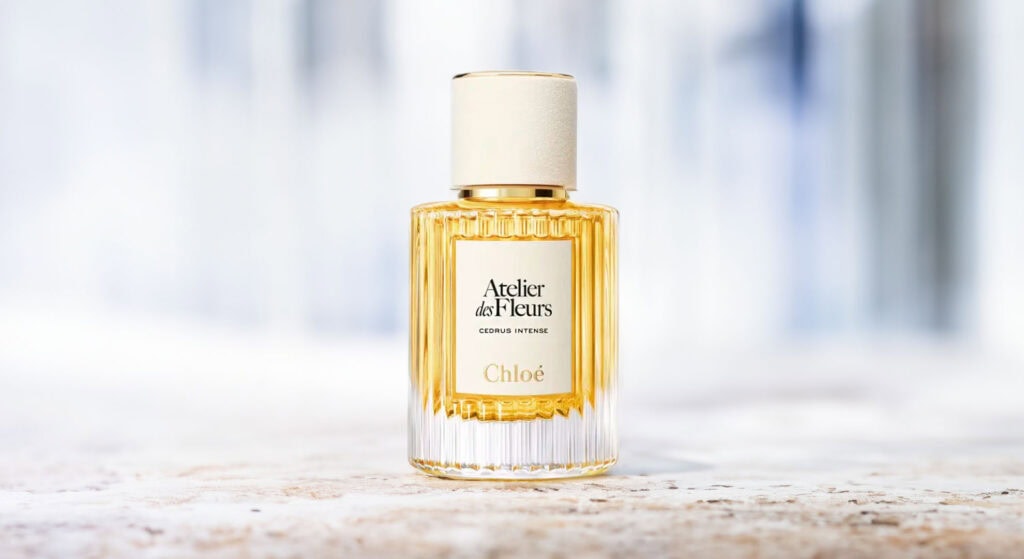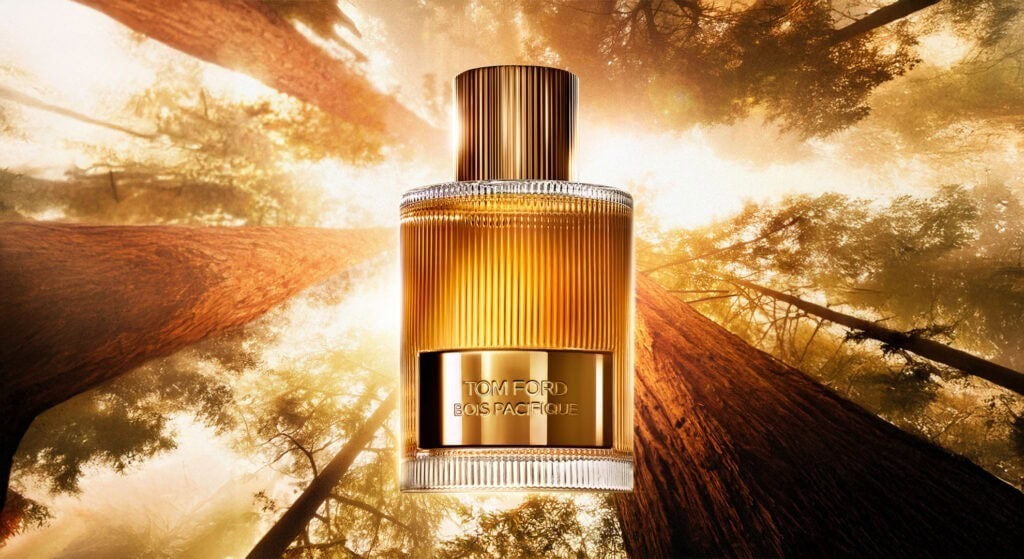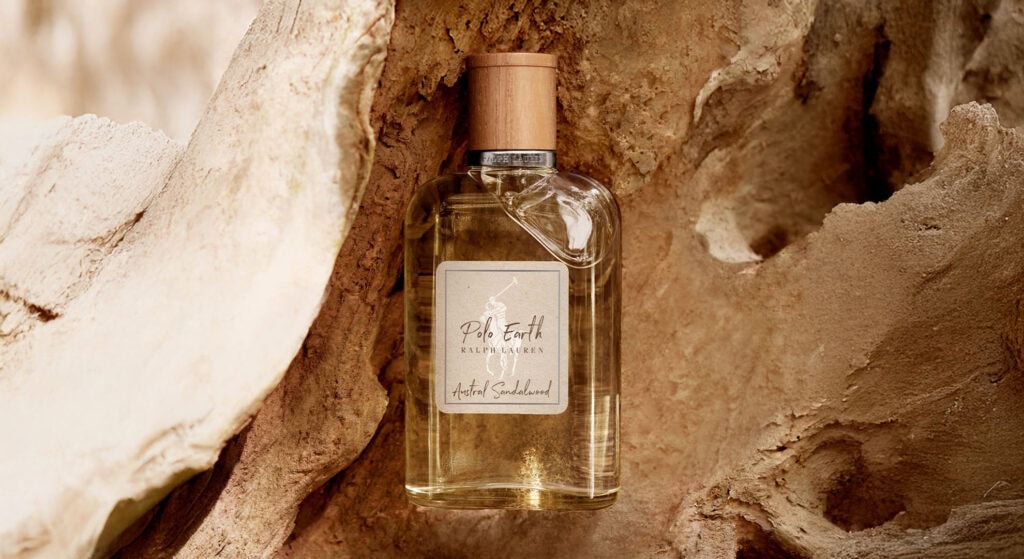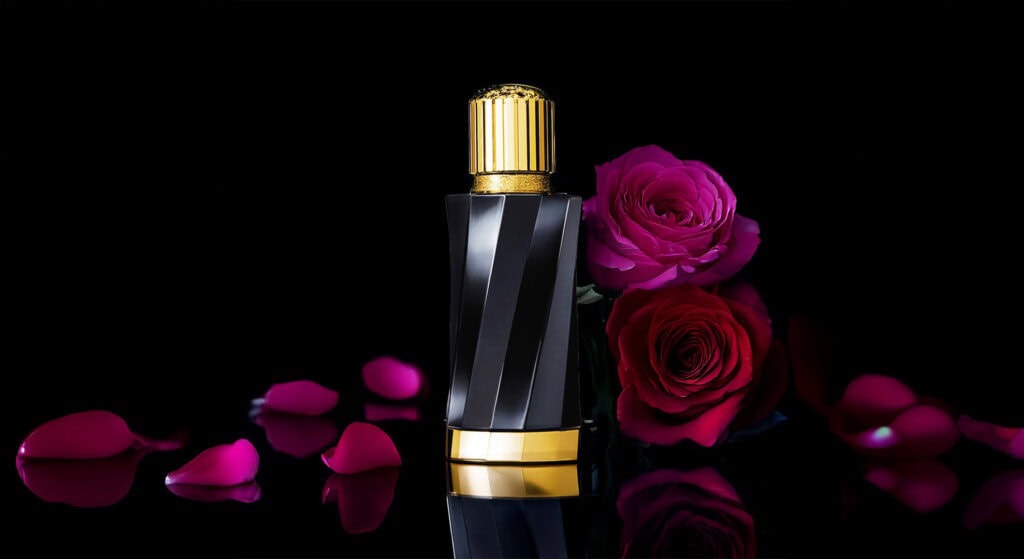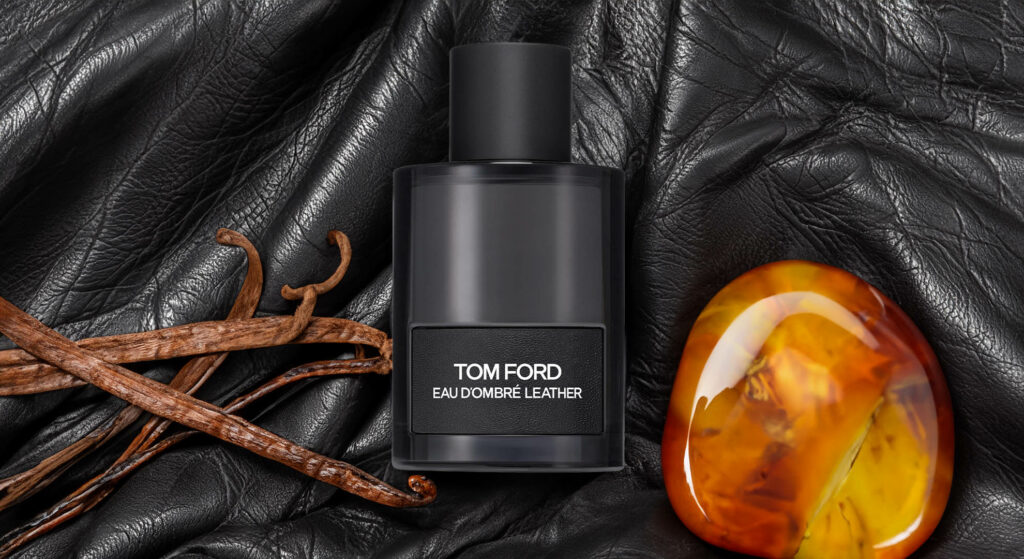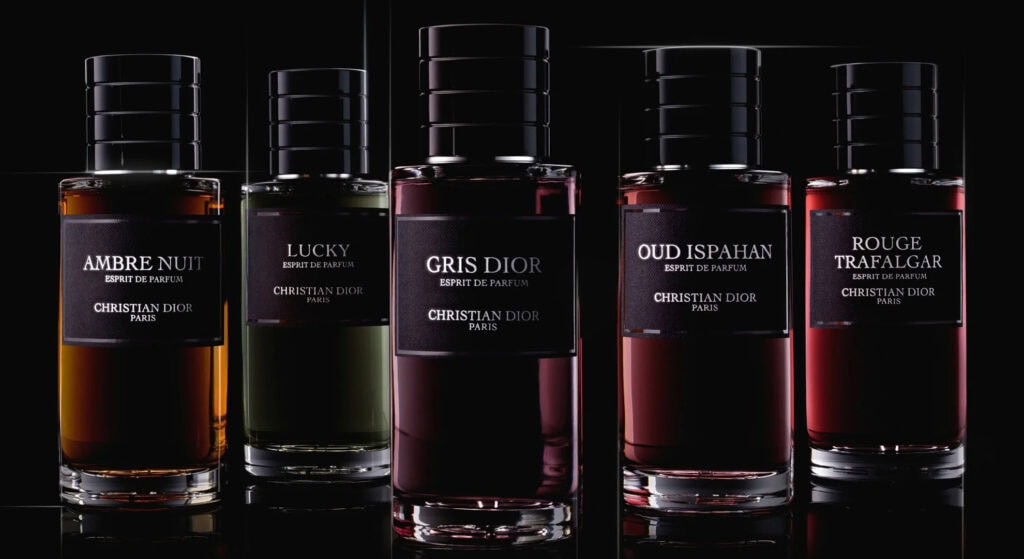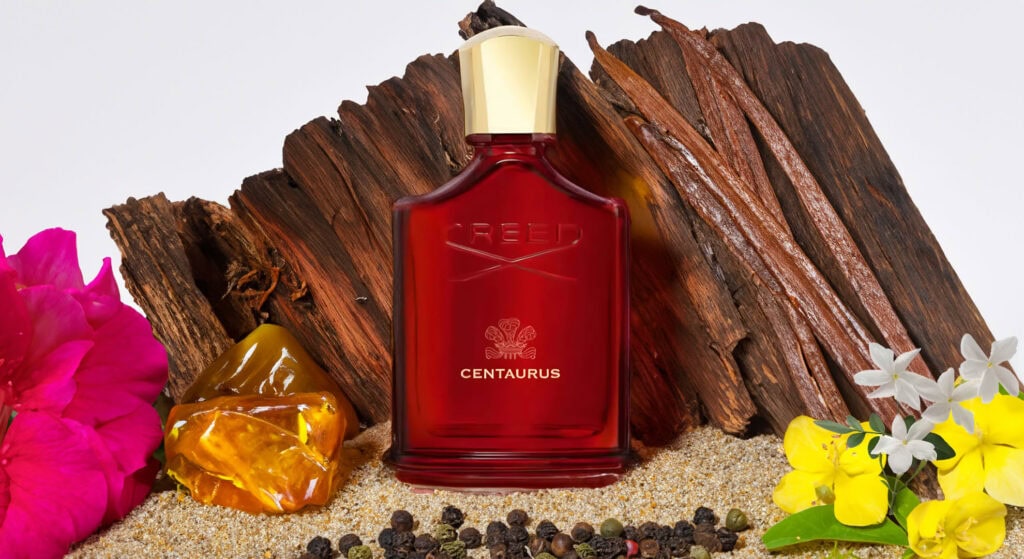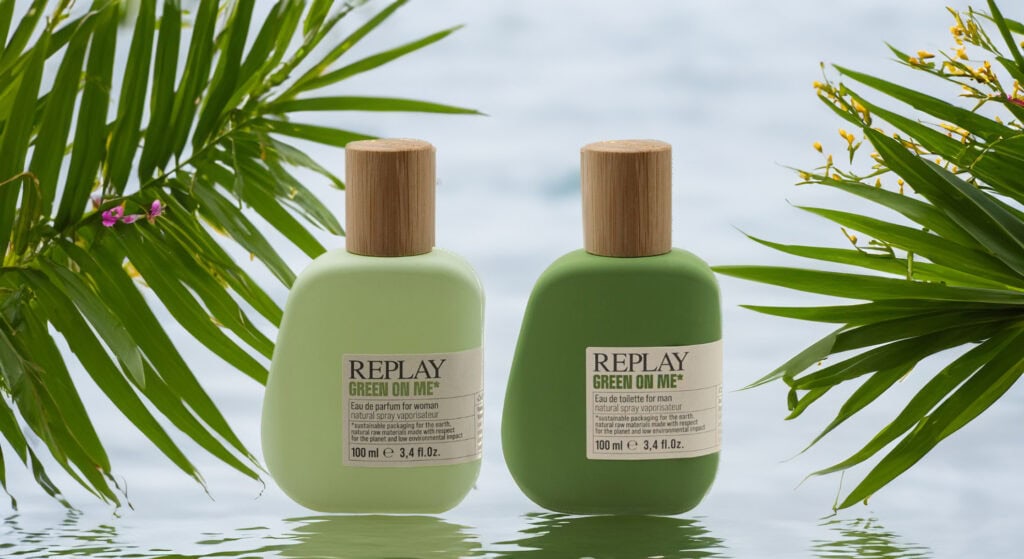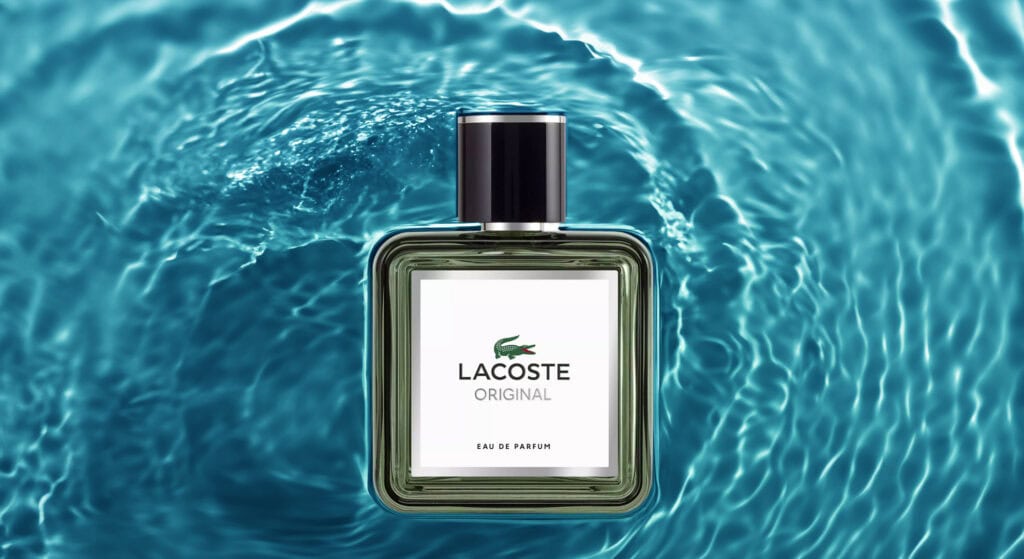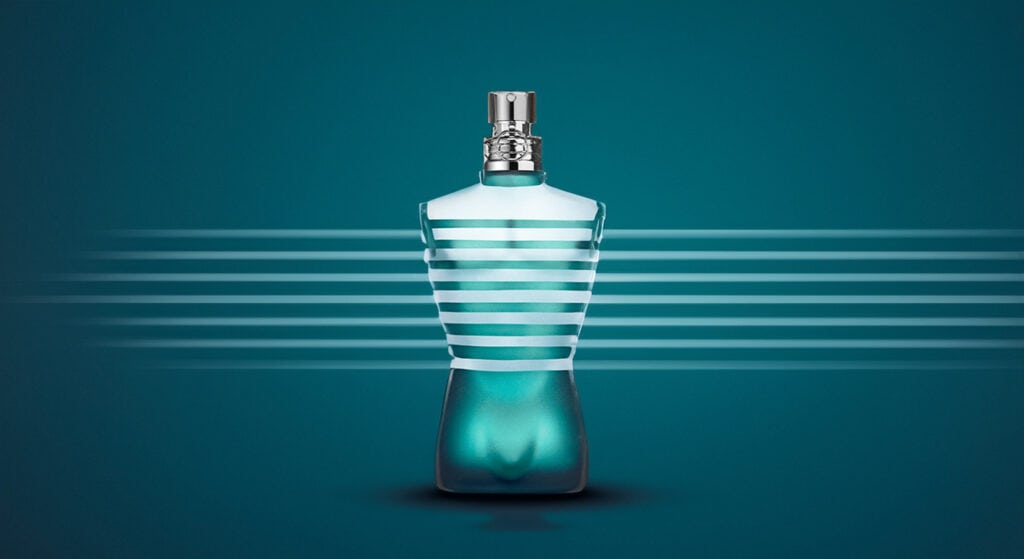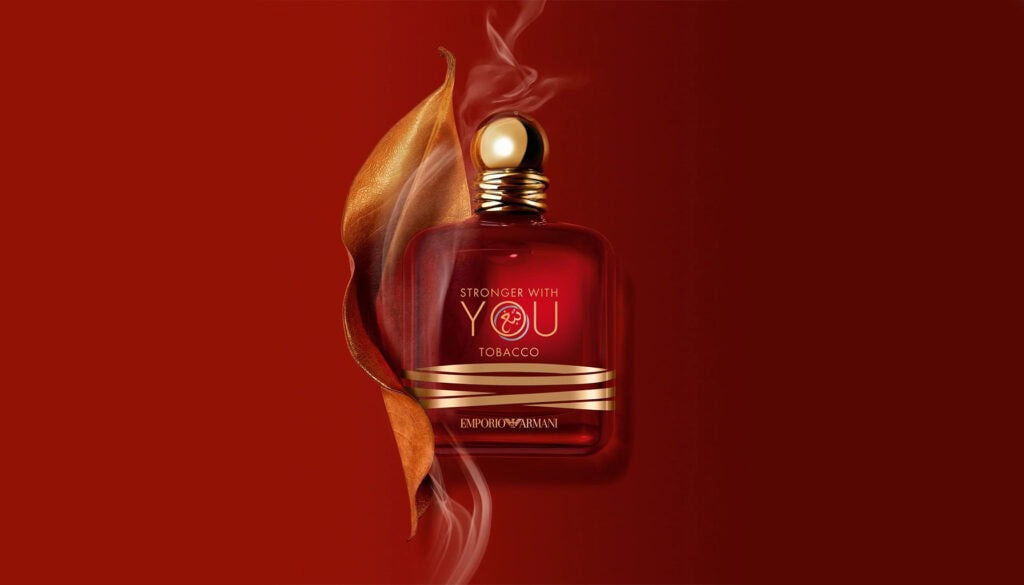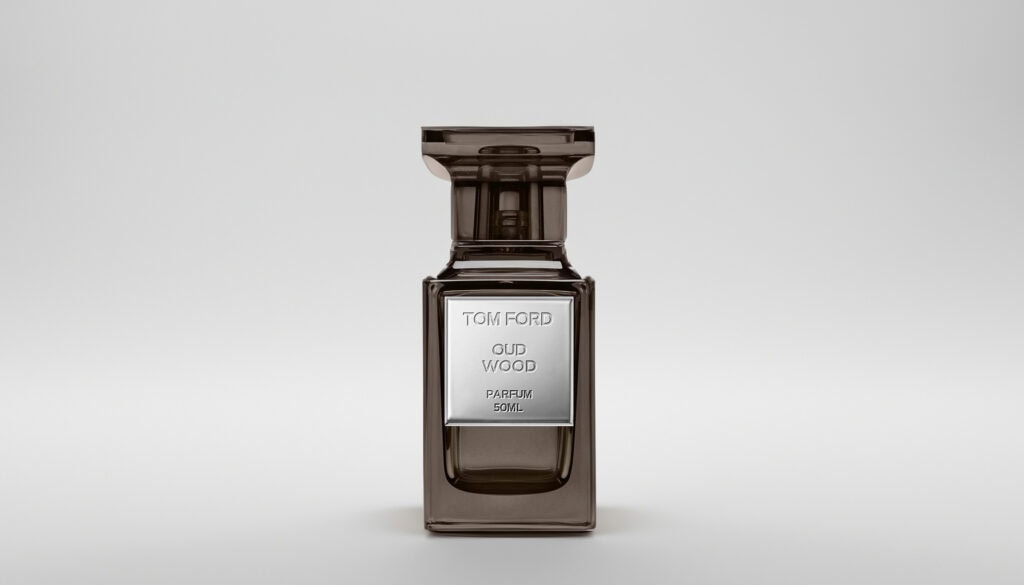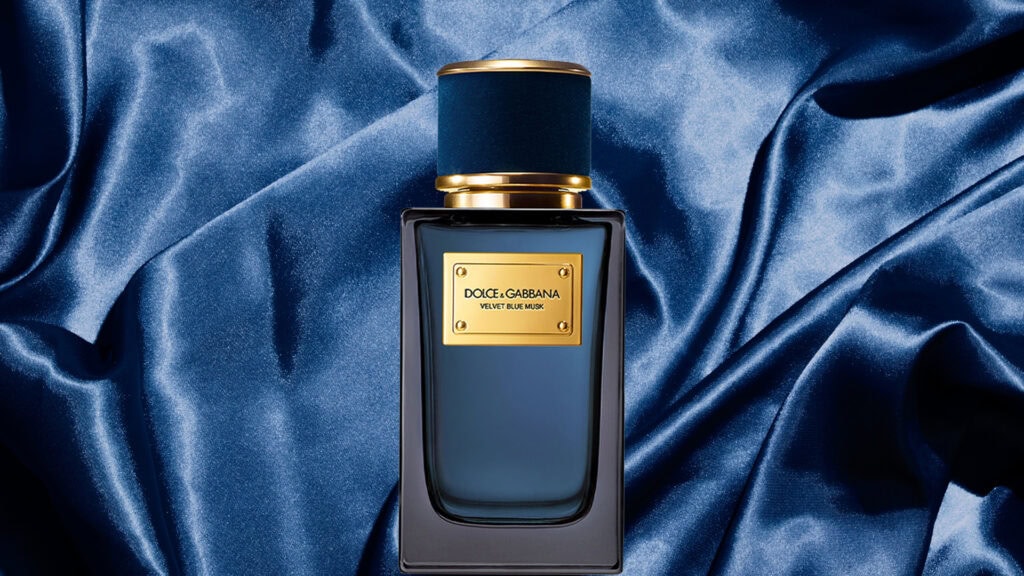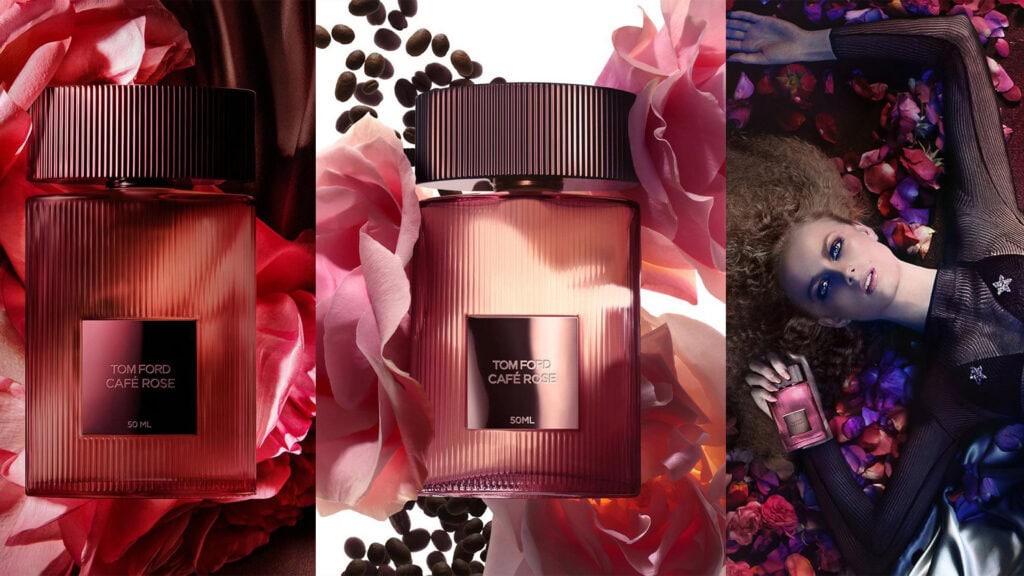Cardamom in Perfumery: From Extraction to Blending and Iconic Scents
Cardamom, with its warm, spicy, and aromatic profile, is a treasured ingredient in the world of perfumery. Known for its versatility and exotic appeal, cardamom adds a unique and invigorating dimension to a wide range of fragrances. This article explores the process of extracting cardamom essence for use in perfumes, the art of blending it with other fragrance elements, and some of the most iconic perfumes where cardamom plays a starring role.
The Extraction of Cardamom Essence for Perfumery
Cardamom, a spice native to the Indian subcontinent and Southeast Asia, is derived from the seeds of plants belonging to the Zingiberaceae family. The seeds are encased in small pods, and it is from these seeds that the fragrant oil is extracted. The extraction process is crucial to capturing the full, complex aroma of cardamom.
- Steam Distillation: The most common method for extracting cardamom essential oil is steam distillation. In this process, the seeds are exposed to steam, which causes the release of the volatile aromatic compounds. As the steam condenses, it separates the essential oil from the water. The resulting cardamom oil is highly concentrated and captures the spice’s warm, sweet, and slightly camphorous aroma, making it ideal for use in perfumery.
- CO2 Extraction: A more modern technique, CO2 extraction uses supercritical carbon dioxide to extract the essential oil from cardamom seeds. This method is particularly effective at preserving the delicate balance of cardamom’s aromatic compounds, resulting in a pure and vibrant oil that retains the full complexity of the spice. CO2-extracted cardamom oil is often preferred for high-end perfumes due to its superior quality and depth.
- Solvent Extraction: While less common for cardamom, solvent extraction can be used to produce a cardamom absolute, which is a thicker, more concentrated form of the oil. This method captures the deeper, more resinous aspects of cardamom’s aroma, adding richness and intensity to fragrances.
Blending Cardamom in Perfumery
Cardamom’s warm, spicy, and slightly sweet aroma makes it an incredibly versatile ingredient in perfumery. It can add depth, warmth, and a touch of exoticism to a variety of fragrance compositions.
- Oriental and Spicy Compositions: Cardamom is a staple in oriental perfumes, where its warm, spicy notes blend beautifully with resins, amber, and other spices like cinnamon and clove. This combination creates rich, complex fragrances that are both sensual and comforting. Tom Ford’s Noir Extreme is a prime example, where cardamom is paired with saffron, nutmeg, and amber to create a deep, luxurious scent with an exotic twist.
- Woody and Earthy Blends: Cardamom’s spicy warmth complements woody notes like cedarwood, sandalwood, and vetiver, adding a vibrant and aromatic layer to these earthy compositions. When combined with woods, cardamom introduces a fresh yet warm quality that enhances the natural richness of the woods. Le Labo’s Santal 33 incorporates cardamom to add a spicy edge to its iconic sandalwood and leather blend, creating a scent that is both modern and timeless.
- Citrus and Fresh Scents: Cardamom’s fresh, slightly camphorous quality also makes it a great partner for citrus notes like bergamot, lemon, and grapefruit. When blended with citrus, cardamom adds a spicy kick that brightens the freshness of the citrus while adding depth and complexity. Dior’s Eau Sauvage uses cardamom to complement its citrus and herbal notes, resulting in a fragrance that is both invigorating and sophisticated.
- Gourmand Compositions: In gourmand perfumes, cardamom adds an unexpected twist by balancing the sweetness of edible notes like vanilla, chocolate, and tonka bean. The spice’s warmth and slight bitterness help to temper the richness of these notes, creating a more balanced and refined fragrance. Jo Malone’s Mimosa & Cardamom combines the spicy warmth of cardamom with the creamy sweetness of mimosa, resulting in a scent that is both comforting and luxurious.
Iconic Perfumes Featuring Cardamom
Several perfumes have become iconic for their use of cardamom, showcasing its ability to add warmth, depth, and an exotic touch to a wide range of fragrances.
- Tom Ford Noir Extreme: This fragrance is renowned for its deep, rich blend of spices, where cardamom plays a central role. Paired with saffron, nutmeg, and amber, cardamom adds warmth and complexity to this luxurious oriental scent.
- Le Labo Santal 33: In this iconic fragrance, cardamom is used to enhance the spicy, woody notes of sandalwood and cedarwood. The result is a modern, aromatic scent that has become a cult favorite for its unique and enduring appeal.
- Dior Eau Sauvage: A classic in the world of men’s fragrances, Eau Sauvage features cardamom as a key note, blending it with citrus and herbs to create a fresh, invigorating scent that is both timeless and elegant.
- Jo Malone Mimosa & Cardamom: This fragrance combines the spicy warmth of cardamom with the soft, floral sweetness of mimosa. The result is a comforting, luxurious scent that is perfect for those who enjoy a balance of spice and sweetness.
Cardamom, with its warm, spicy, and slightly sweet aroma, has become an essential ingredient in the world of perfumery. From the careful extraction of its essence to its artful blending with other fragrance notes, cardamom offers a unique combination of warmth, depth, and exoticism that can elevate any perfume. Whether enhancing oriental, woody, citrus, or gourmand compositions, cardamom plays a crucial role in creating fragrances that are both luxurious and captivating. Iconic fragrances like Tom Ford’s Noir Extreme, Le Labo’s Santal 33, and Dior’s Eau Sauvage demonstrate the enduring appeal of cardamom, proving that its place in perfumery is as rich and timeless as the spice itself.
Love this fragrance? Share your thoughts! Your vote helps other perfume lovers discover new favorites. Rate it now and make your mark!
Click on a star to rate it!
Average rating 0 / 5. Vote count: 0
No votes so far! Be the first to rate this post.
